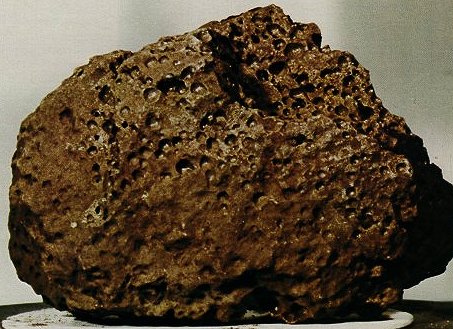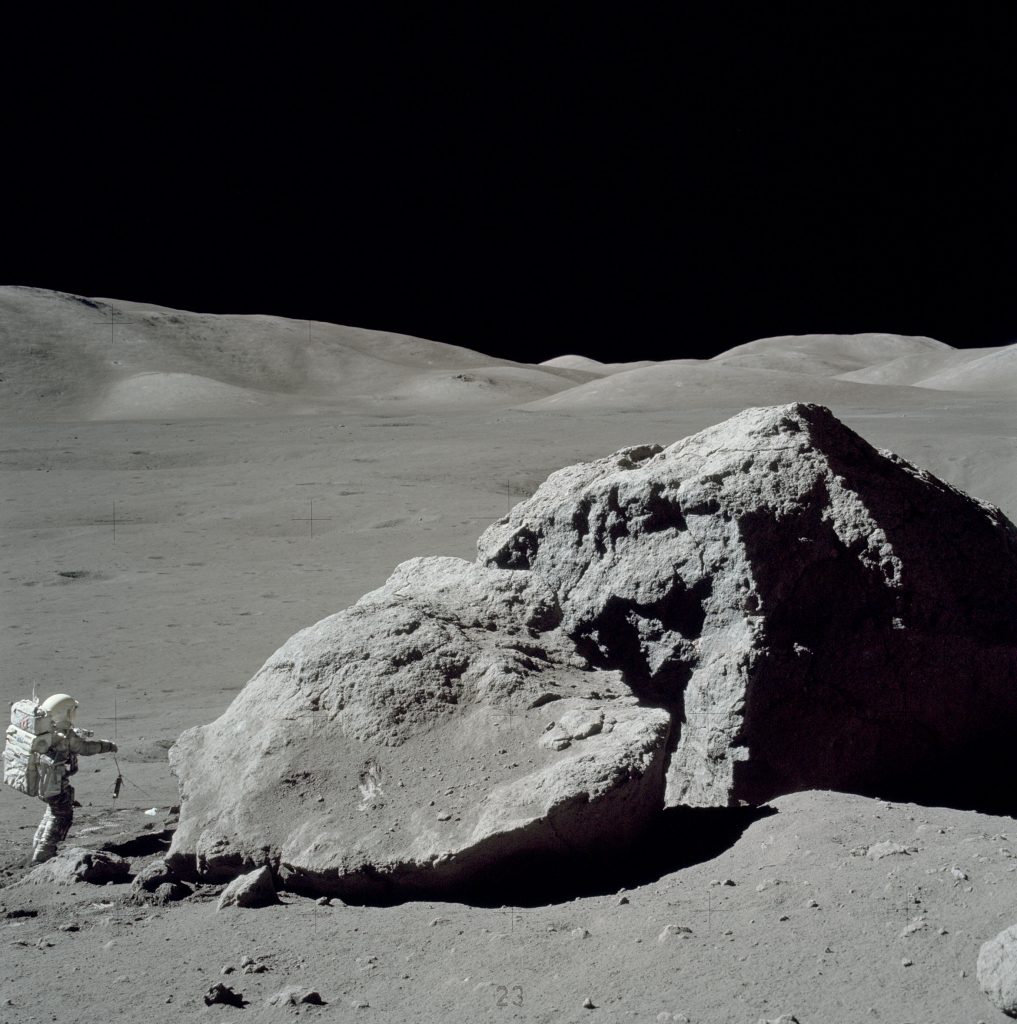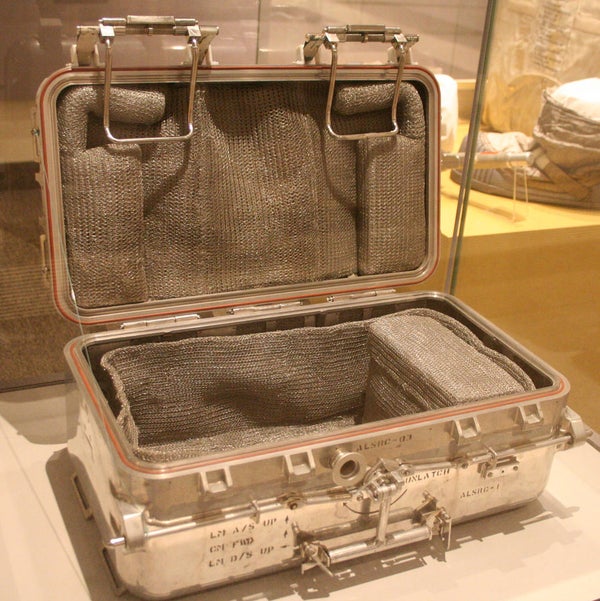This article was published in Scientific American’s former blog network and reflects the views of the author, not necessarily those of Scientific American
With John Glenn's passing earlier this month, my thoughts turned to space. People don't think of the stars when they think of geology – I mean, it's all about Earth, right there in the name. But the earth is made of star stuff. And the way gravity works, it turns that star stuff into rocky little worlds all over the universe, perfectly suited for our good science of rock-breaking. Geology isn't limited to the planet it was born on and named for. And we can take it all over space and time.
One of the first places we took it was our own moon. John Glenn is among the people who got us there: without his pioneering flight, without the early successes of astronauts like him (not to mention the legion of scientists, engineers, and computing women behind him), there would have been no Moon landing.
On supporting science journalism
If you're enjoying this article, consider supporting our award-winning journalism by subscribing. By purchasing a subscription you are helping to ensure the future of impactful stories about the discoveries and ideas shaping our world today.
We got there. We grabbed some rocks. We made some nifty discoveries. And believe me, green cheese might be a pretty tasty substance, but it's nowhere near as delicious as the things the moon is actually made of.
-

Basalt from lunar maria, collected by Apollo 15 astronauts. Credit: NASA
I know. I know it doesn't look like anything remarkable. You could walk out on any basaltic lava flow on Earth and pick up something similar. Dime a dozen.
Only. The vesicular basalt hand samples you might pick up aren't 3.5 billion years old. Only, the ones we have access to have got water in, and this one does not. So. The ordinary becomes the extraordinary.
And then we take a look inside, and it becomes a thing of marvelous beauty.
Oh, yes. Little brown rocks can be beautiful. They tell us stories, and they are full of crystals that tell us more. The stories these rocks tell is that Earth and Moon are sisters.
There are lighter rocks on the moon, too. The maria are made of basalt, but the highlands are composed of lunar anorthosite. We have anorthosite here on Earth, but it's not like the stuff on the moon. Isn't that neat? Same-but-different things can tell us so much. It's the differences that help us understand things. The differences between lunar and earth anorthosite can tell us a lot about how our little worlds formed, and why one has life and another doesn't. Learning about these little differences will help us know what to look for when we go looking for alien life.
But these moon rocks we've got? May not be representative. We're sampling from a small area, after all. What we have in hand may be no more representative of the entire moon than the rocks grabbed from, oh, say, the Sudbury Basin are representative of all the rocks on earth.
That's exciting. That means we're going to have to go back and grab some more, whether by hand or by robot arm.
This is where planetary geology was born. And yet, we still don't understand it. Our closest companion in this solar system is still something of a mystery. She has features we can't explain. When we go back, there will be new places to explore, new discoveries to make, and new questions to answer. The things she can tell us will help us understand how our planets formed and evolved. And understanding our origins is critical to our continued survival. The more we know about the solar system that is our home, the better off we are. But even if it was just curiosity? Well, that's something we should indulge. Discovery is its own reward.
So let's take a moment to thank John Glenn and all the other folks who got us to the moon and beyond. And then let's set our sights on ensuring their voyages won't be the last.
-

"Scientist-Astronaut Harrison H. Schmitt is photographed standing next to a huge, split boulder during the third Apollo 17 extravehicular activity (EVA-3) at the Taurus–Littrow landing site on the Moon. Schmitt is the Apollo 17 lunar module pilot. This picture was taken by Astronaut Eugene A. Cernan, commander." Credit: NASA
